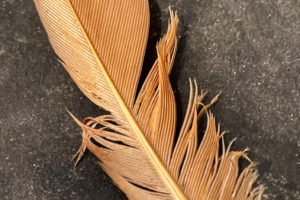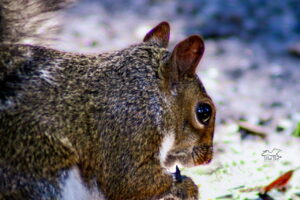The Swallow Tailed Kite is a Beautiful and Unusual Raptor

At the beginning of the week I had a pretty cool wildlife experience, sighting a swallow tailed kite (Elanoides forficatus) perched comfortably in one of the old, dead pines not far from my house. Those pines are frequently occupied by various birds including warblers, woodpeckers, and a group of crows that live in the area. Because of all the bird activity there, I always keep my eyes open when I go past, but this was the first time in over 30 years of living here that I’ve ever seen a kite there. Even though I knew I would be late for work, I had to stop to take some photos. The sun was just rising and it was still pretty dark, so my images came out more noisy than I’d like, but I doubt this opportunity is likely to come along again. It’s actually pretty rare to see these birds perched anywhere since they spend the majority of their time on the wing. It’s not at all unusual to see them soaring overhead in their beautiful and graceful style.
Swallow tailed kites are found mostly in northern and central South America, but one of the two subspecies migrates to the southeastern United States, mostly Florida, to breed. In earlier times, swallow tailed kites could be found in several other southern states and up the Mississippi valley as far north as southern Minnesota, but since the 1900s their US range and population have dropped significantly. Most of that decrease seems to be due to habitat destruction for housing, farming, and logging. Recently, the population seems to be steady, probably due to the establishment of protected habitat areas like the Lower Suwannee National Wildlife Refuge, which is not far from where I live. The bird is still considered endangered in several southern states including South Carolina.
These beautiful kites tend to arrive in Florida usually in early to mid March to begin breeding. Pairs are monogamous and build the nest together. Most of the time they build a new nest, but a pair will occasionally use last year’s nest. Nests are usually located high (at least 60 feet) in a loblolly pine or a cypress tree near water. The pair will usually lay and incubate 1-3 eggs that take about 28 days to hatch. For the first two weeks, the male does all the hunting and brings food back to the female. She tears it up and feeds it to the hatchlings. After two weeks the pair will take turns hunting. Hatchlings usually fledge at 5-6 weeks of age. By mid July young are strong enough to make the long trek back to South America.
Swallow tailed kites will eat a variety of prey. They mostly feed on large insects that they take on the wing. They will prey on both flying insects and perched insects and can pick them off their perches without ever stopping. During the breeding season they will also hunt small reptiles like tree frogs and snakes, small mammals, and even the nestling of other birds. While wintering in the South American jungles, they have also been known to feed on fruit. I consider myself very lucky to have had this chance to see and photograph this beautiful bird. I wish it had stayed a little longer until the light got better, but after a big yawn and some relaxed preening it was off to start the day. And so was I.






Recent Comments